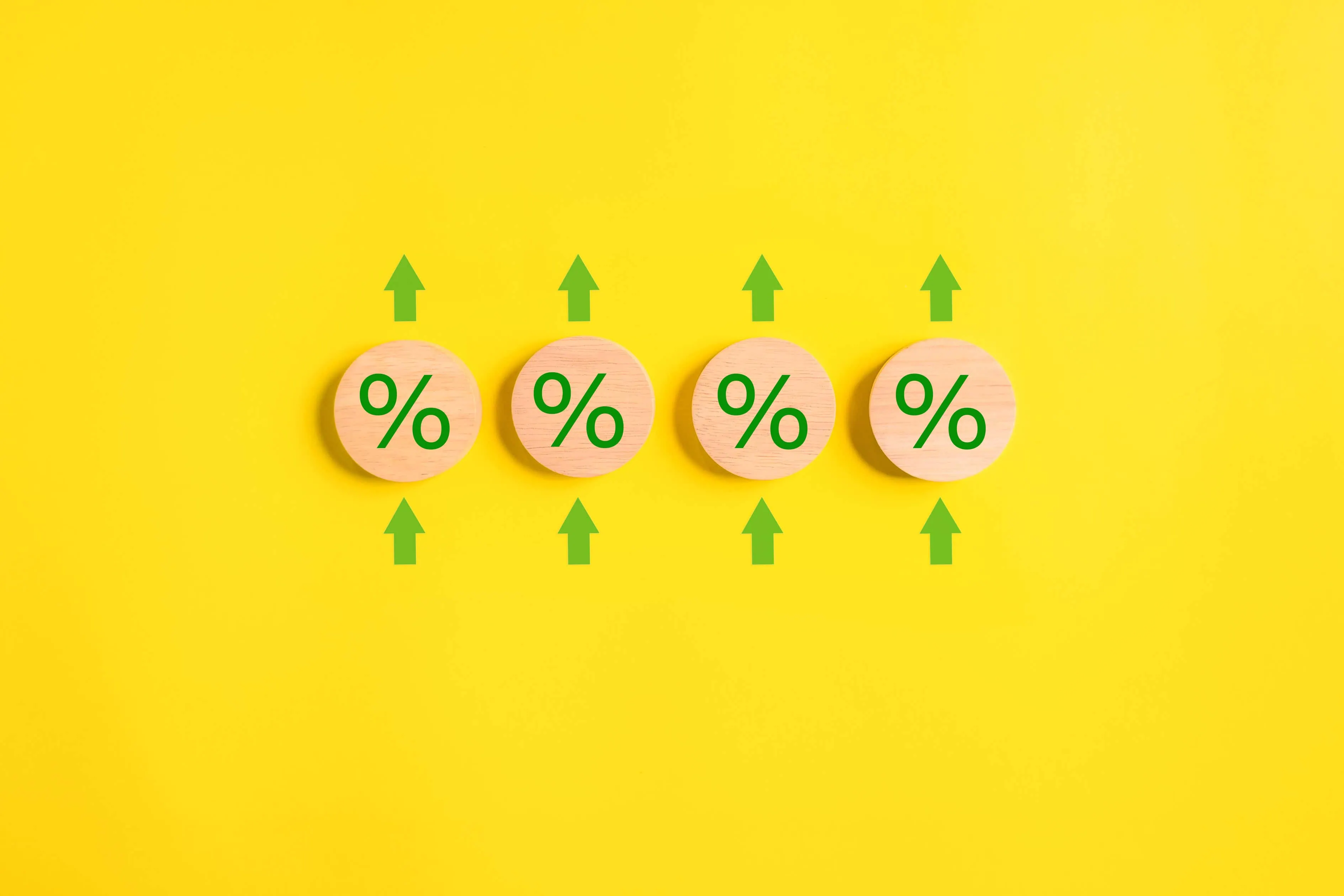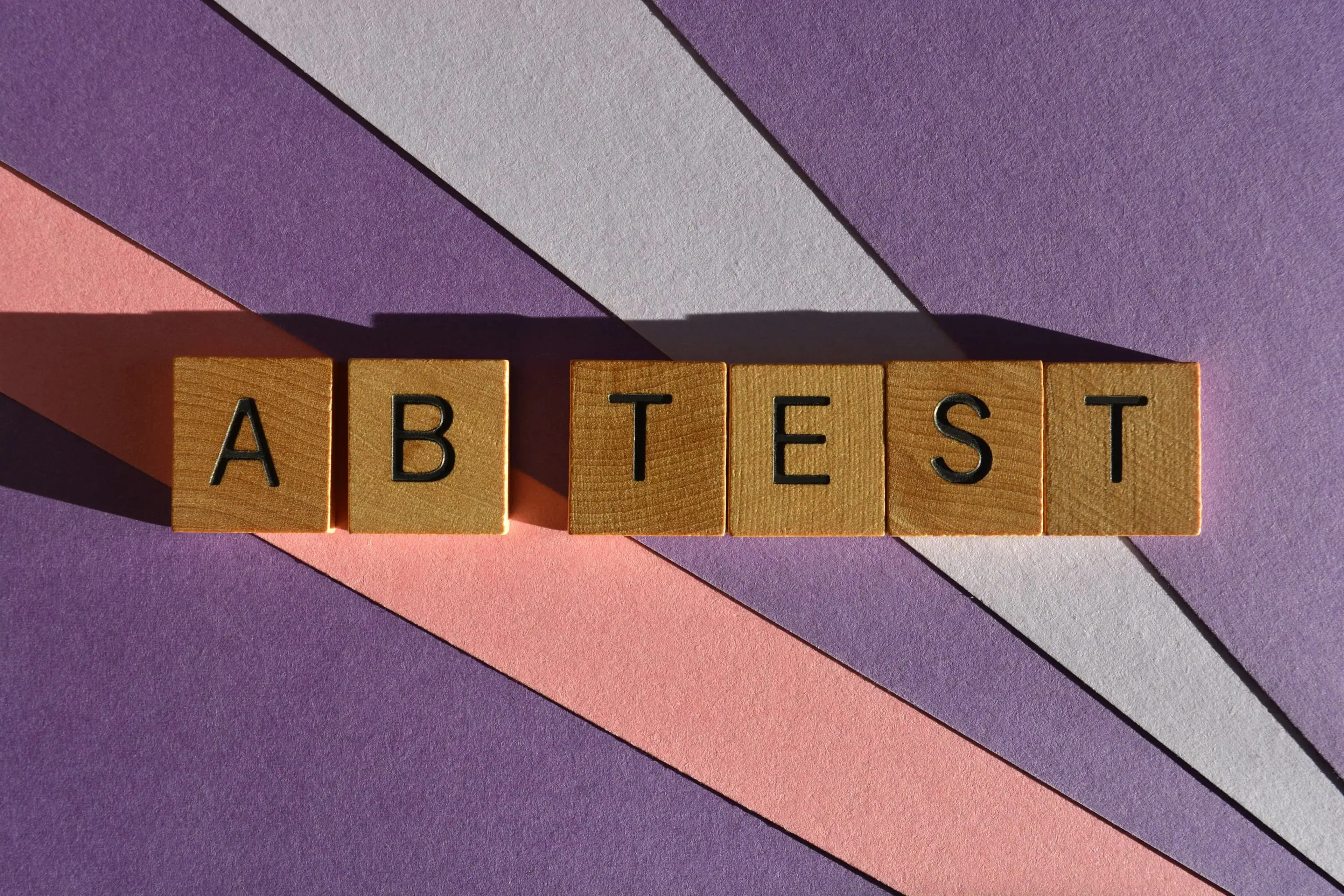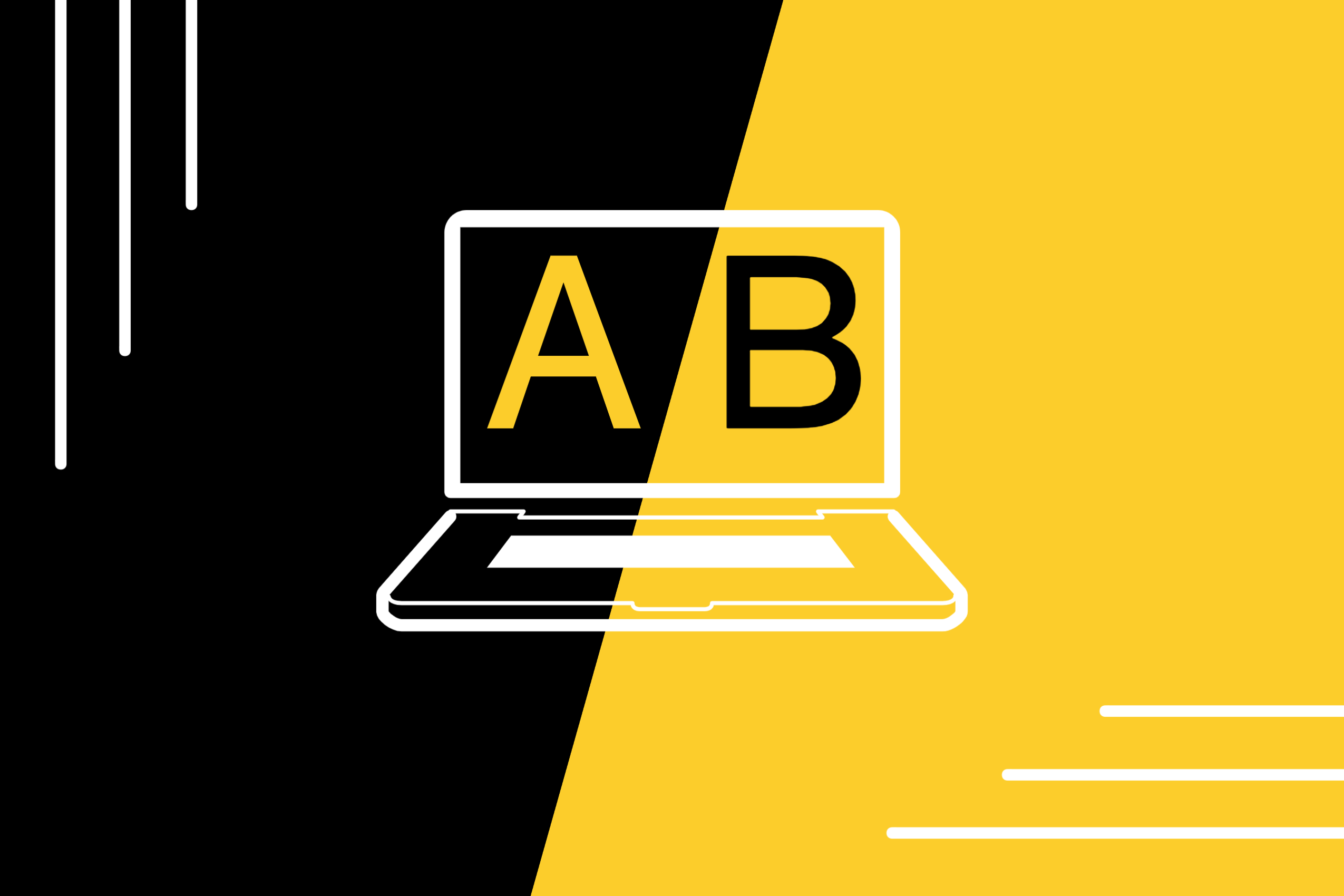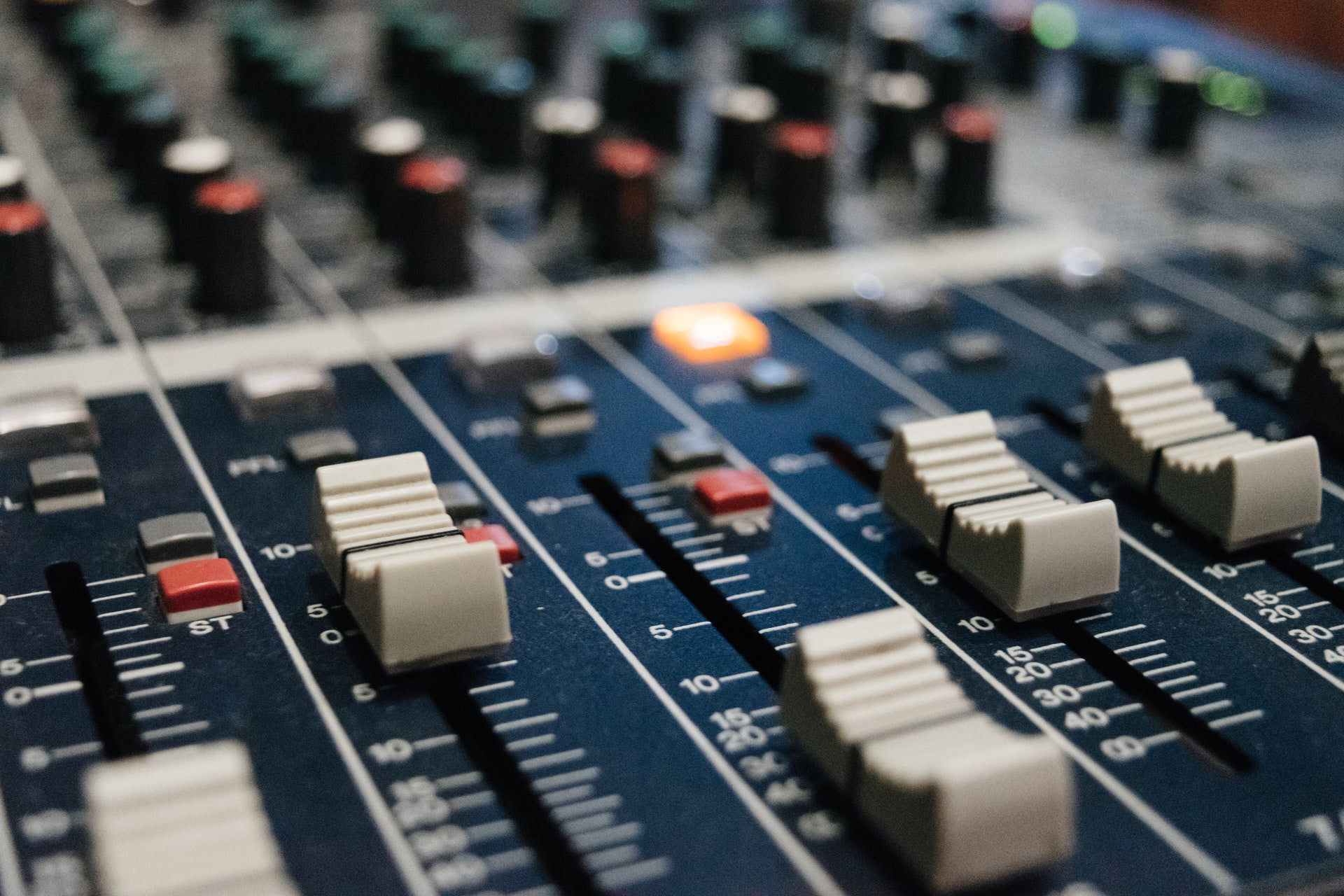What is Shopify A/B Testing?
A/B testing (or split testing) means showing two or more versions of a page or element to different visitors, then comparing which one performs better. One version is your “control” (A), and the other is your “variant” (B, C, etc.).
You can test:
Headlines
Product descriptions
Images
Call-to-action buttons
Price formats
Page layouts
Instead of guessing, you get data-backed insights on what makes your customers click, scroll, and buy.
💡Pro tip: Only test one thing at a time — especially at the start. If you change multiple variables, you won’t know what actually moved the needle.
Why A/B Testing Matters for Shopify Stores
You wouldn’t spend $10k on paid ads without optimising the page they land on — so why run your store without knowing what’s converting?
Here’s what makes A/B testing essential:
Small tweaks = big wins: Improving conversion rate from 2% to 2.5% is a 25% revenue increase.
Less risk: You test ideas with part of your traffic before rolling them out sitewide.
Better customer understanding: Every test gives you insights into preferences and behaviour.
Ongoing improvement: Testing keeps you iterating and outperforming static competitors.

What to A/B Test on Your Shopify Store
Here’s where to start for the biggest impact:
Product Pages
CTA button text: “Add to Cart” vs. “Buy Now” vs. “Start My Journey”
Hero image vs. lifestyle photo
Review placement (above or below description)
Scarcity messages: “Only 3 left” vs no urgency
Shipping info in tabs vs. inline
Product description format: show full copy by default vs. hide behind an accordion
💡Pro tip: In some niches (like tech or beauty), showing the full product description up front builds trust. In others (like fashion), minimalist layouts with expandable accordions keep things clean and conversion-focused. Test what works for your audience.
Homepage
Hero headline and image
Navigation layout and featured products
Social proof (press logos, reviews, etc.)
Seasonal messaging
Checkout Process
Trust badges and payment icons
Guest checkout vs. required login
Field length and order
Showing shipping cost earlier
Email Campaigns
Subject line personalisation
Send times and frequency
CTA text and placement
Email design layout
How Often Should You A/B Test?
Start once you have consistent traffic (ideally 1,000+ visitors/month).
Avoid testing during sales events or holidays — customer behaviour isn’t typical.
Let tests run for 7–14 days minimum to account for weekdays/weekends.
Run one test at all times (continuous testing) to build a culture of improvement.
Who Should Run A/B Tests?
New stores → Focus on high-impact tests: price display, product copy, CTA buttons.
Growing stores → Test one big area monthly: product pages, homepage, emails.
High-traffic brands → Use a full CRO stack and test constantly across funnel stages.
Even if you’re seasonal, run tests during peak traffic months when results are faster and more reliable.

How to Set Up A/B Testing in Shopify
| Tool | Best For | Why |
|---|---|---|
| Shogun AB Testing | PDP tests | Shopify native, drag-and-drop UI |
| Shoplift | DTC brands | Fast setup, no developer needed |
| VWO | All-in-one suite | Visual editor + analytics |
| Convert.com | High privacy needs | GDPR-compliant, Shopify Plus friendly |
| Google Optimize | Free, now sunset | (Formerly popular, now retired) |
Want to DIY without a tool? Duplicate a product page, send half your ad traffic to A, the other half to B, and compare using GA4 or Hotjar.
Advanced A/B Testing Strategies
Multivariate Testing: Test combinations of elements (image + CTA + headline). Best for high-traffic stores.
Sequential Testing: Optimise each step of the funnel one at a time — home → PDP → cart → checkout.
Behavioural Testing: Show different content based on user actions (returning visitors, device type, time on site).
Personalised Testing: Show different product recommendations or copy based on location, cart value, or purchase history.
💡Example: Showing “free shipping” to returning users in the US while promoting “fast delivery” to EU visitors can improve regional conversion rates.
Common A/B Testing Mistakes (and How to Avoid Them)
Stopping early: Don’t react to early winners — wait for statistical significance.
Testing low-impact elements: Footer text won’t move the needle. Product pages will.
Testing too much at once: Confusing results, wasted effort.
Ignoring negative results: “Losing” tests still provide valuable insight.
How to Analyse A/B Test Results
Look at conversion rate, AOV, bounce rate, time on page
Use heatmaps or scroll maps (Hotjar, Lucky Orange) for deeper insight
Segment results: new vs. returning, mobile vs. desktop
Look for practical significance, not just statistical
💡Example: One variation improved conversions by 3% — but dropped AOV by 12%. Net revenue decreased. Always look at the full picture.

How to Run a "Quick & Dirty" Test Without Fancy Tools
Perfect for small stores or scrappy marketers:
Duplicate your product page or landing page in Shopify
Drive equal traffic using UTM links or Google Ads split targeting
Use Google Analytics or Shopify sales reports to compare results
Once you have a clear winner, roll it out storewide
Your Shopify A/B Testing Action Plan
✅ Identify one high-impact area (PDP, email, checkout)
✅ Create a single hypothesis to test (e.g., "Changing the CTA button will increase conversions")
✅ Choose a tool or DIY setup
✅ Let the test run for at least 2 weeks
✅ Measure full-funnel impact (not just conversion)
✅ Repeat with a new variable!
💡Start small. Test consistently. Let data guide every decision. That’s how you win long term.
Build a Store That Learns and Grows
A/B testing is a mindset. The most successful Shopify merchants don’t rely on instinct or “best practices”. They test, learn, and evolve constantly.
Whether you’re tweaking a CTA button or redesigning your product page layout, the goal is the same: to create an experience your customers respond to — with their time, attention, and wallets.





